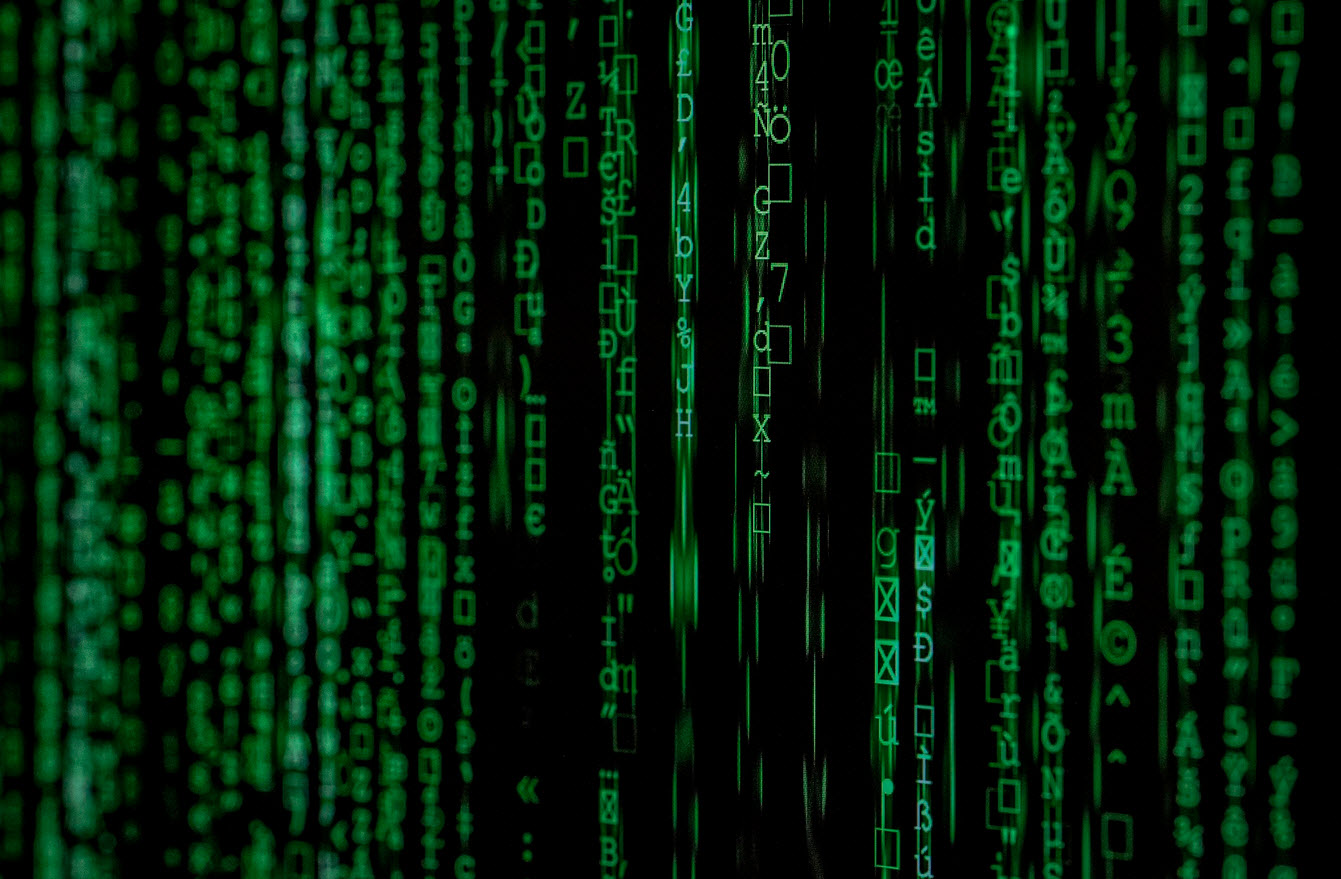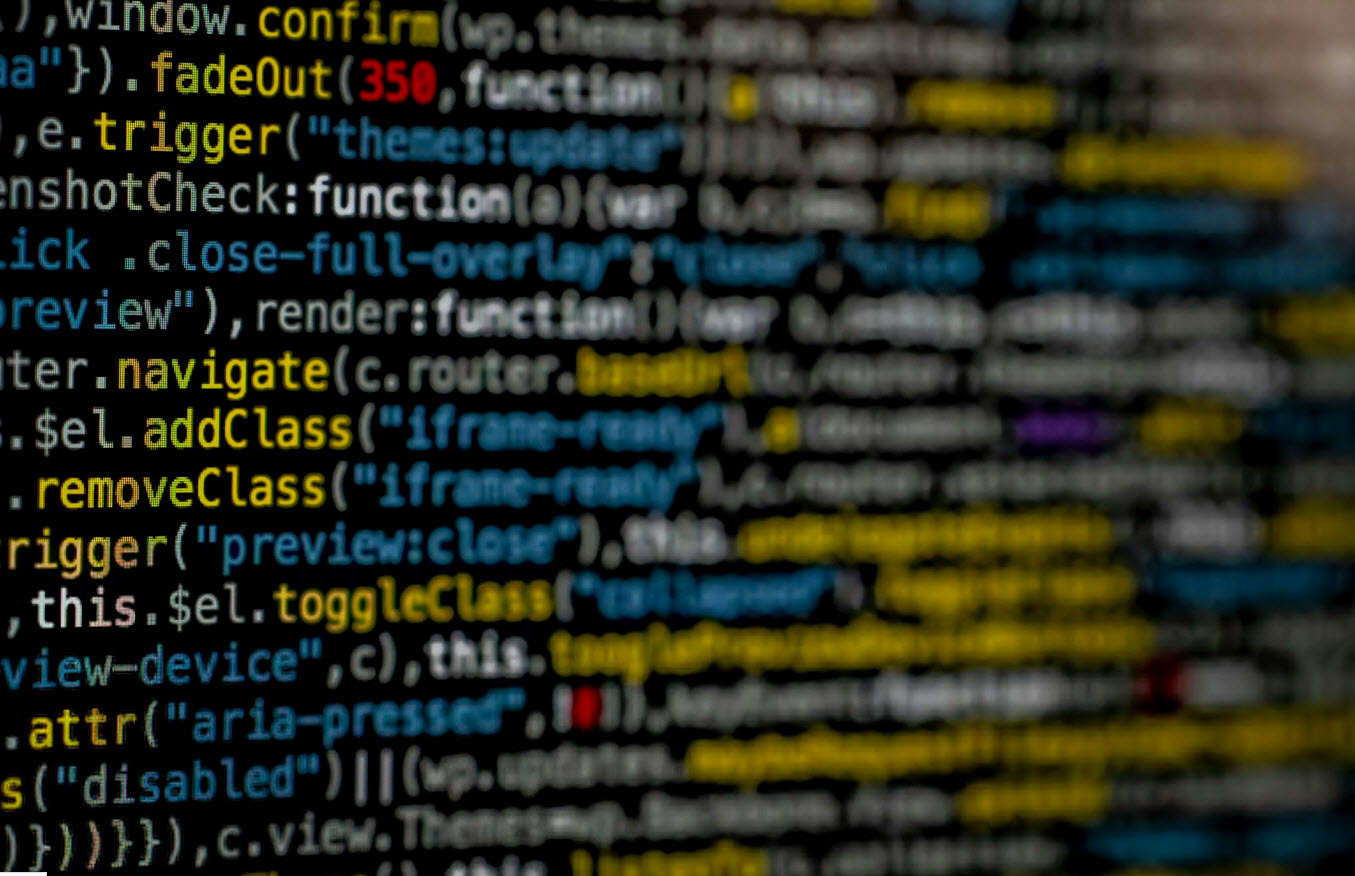
The Internet of Things (IoT) has transformed how we live and work, connecting billions of devices to improve convenience, efficiency, and innovation. However, this interconnected world brings significant cybersecurity challenges.
As IoT adoption continues to rise in 2025, the role of cybersecurity in safeguarding these devices is more critical than ever.
The Expanding IoT Ecosystem
IoT devices are now ubiquitous, spanning industries such as healthcare, manufacturing, transportation, and smart homes. These devices range from simple sensors to complex systems, all of which collect, process, and transmit data. The global IoT market is projected to surpass trillions of dollars in value, making it a lucrative target for cybercriminals.
IoT Cybersecurity Challenges
| 1 | Diverse Attack Surface | The sheer number and variety of IoT devices create a vast attack surface. Each device represents a potential entry point for attackers, and securing them all is a daunting task. |
| 2 | Limited Security Features | Many IoT devices are designed with minimal security measures to prioritize cost and functionality, leaving them vulnerable to attacks such as malware, botnets, and data breaches. |
| 3 | Lack of Standardization | The IoT industry lacks universal security standards, leading to inconsistent security practices among manufacturers and developers. |
| 4 | Complex Supply Chains | The global supply chain for IoT devices involves multiple stakeholders, increasing the risk of security flaws and vulnerabilities being introduced during manufacturing or distribution. |
| 5 | Data Privacy Concerns | IoT devices often collect sensitive personal or organizational data, making them prime targets for attackers seeking to exploit or monetize this information. |
The Role of Cybersecurity in IoT Protection
| 1 | Device Authentication and Access Control | Implementing strong authentication mechanisms ensures that only authorized users and devices can access IoT systems. Multi-factor authentication and biometrics are increasingly being used to enhance security. |
| 2 | Encryption and Secure Communication | Encrypting data in transit and at rest protects sensitive information from interception and tampering. Secure communication protocols, such as TLS, are vital for safeguarding IoT data. |
| 3 | Regular Firmware Updates and Patching | IoT devices must receive regular firmware updates to address known vulnerabilities. Automated patch management systems are becoming essential to ensure timely updates. |
| 4 | Threat Detection and Response | Advanced threat detection systems powered by AI and machine learning can identify unusual behavior in IoT devices, signaling potential security breaches. Rapid response mechanisms help mitigate the impact of attacks. |
| 5 | Network Segmentation | Isolating IoT devices from critical systems and networks minimizes the risk of lateral movement by attackers. Micro-segmentation strategies are gaining traction in 2025. |
| 6 | Adopting Zero Trust Principles | The Zero Trust security model, which assumes that no device or user is inherently trustworthy, is increasingly applied to IoT ecosystems to enhance overall security. |
| 7 | Industry Collaboration and Standards | Collaboration among manufacturers, governments, and industry groups is crucial to establish robust security standards and guidelines for IoT devices. |
Emerging Trends in IoT Security for 2025
| 1 | AI-Driven Security | Artificial intelligence is playing a pivotal role in analyzing vast amounts of IoT data to detect threats and anomalies in real-time. |
| 2 | Blockchain for IoT | Blockchain technology is being used to ensure secure and tamper-proof communication and data storage for IoT devices. |
| 3 | IoT-Specific Regulations | Governments worldwide are introducing stricter regulations to ensure that IoT devices meet minimum security requirements before they hit the market. |
| 4 | Secure by Design | Manufacturers are increasingly adopting a “secure by design” approach, embedding security into IoT devices from the development stage. |
Conclusion
In 2025, the role of cybersecurity in protecting IoT devices is paramount. As the IoT ecosystem continues to grow, so do the threats it faces. By implementing robust security measures, fostering industry collaboration, and leveraging emerging technologies, organizations can safeguard their IoT devices and the critical data they handle.
The future of IoT depends on a strong foundation of cybersecurity, ensuring that innovation and security go hand in hand.








